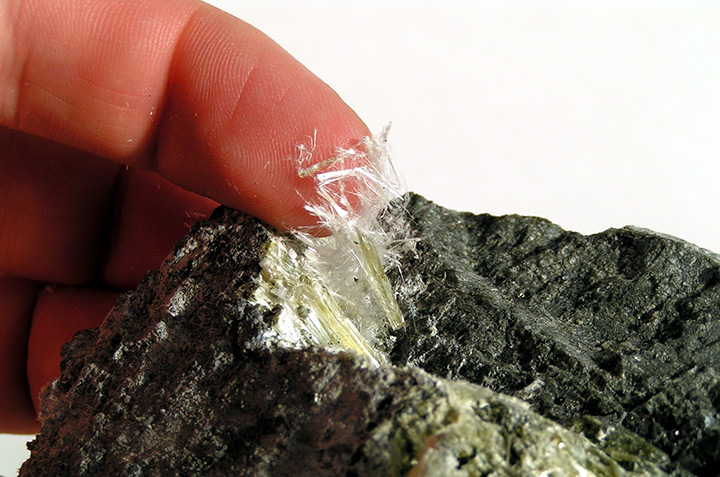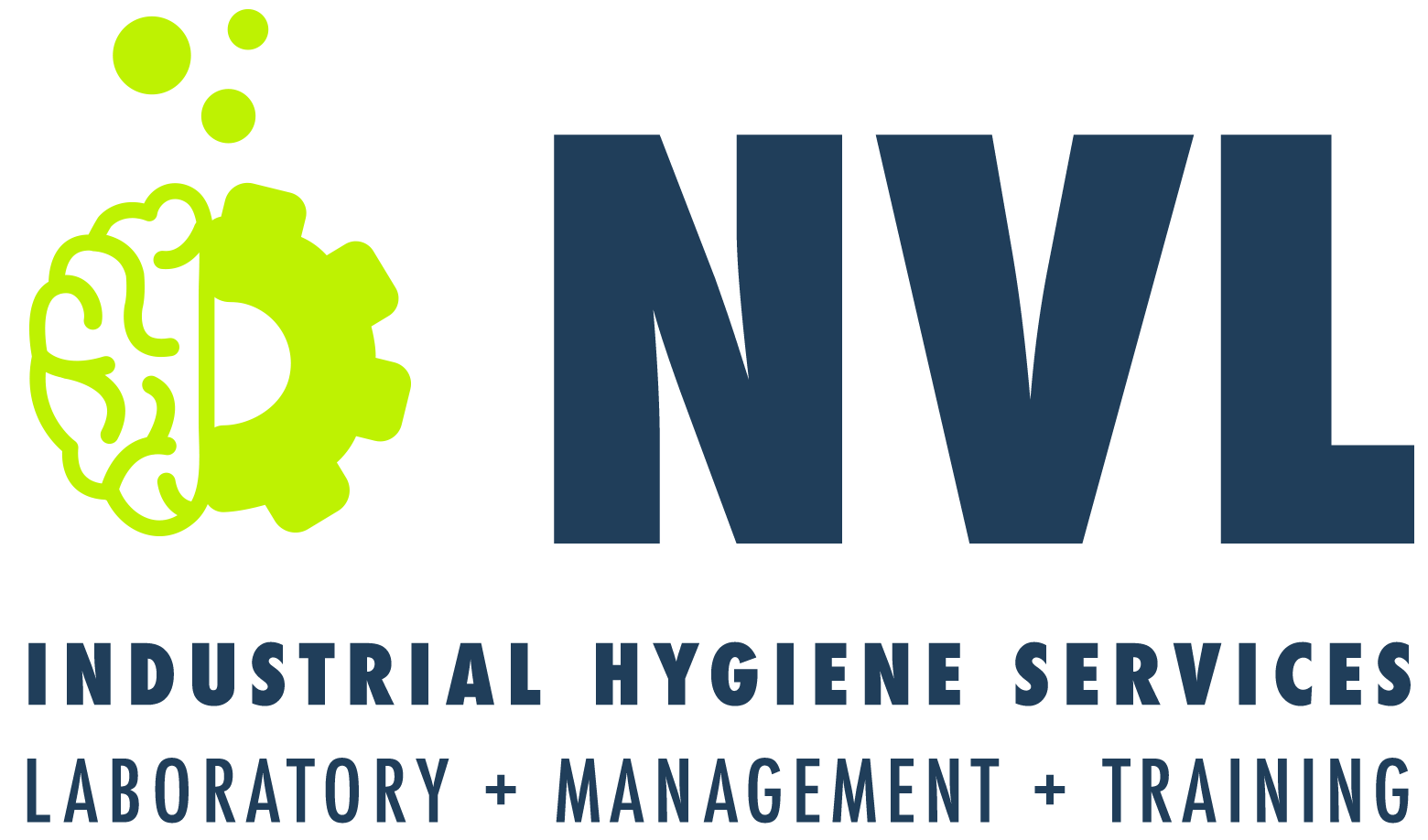Asbestos in air and/or bulk samples

Asbestos is a set of six mineral fibers that has been used commercially in a variety of building construction materials for insulation and as a fire-retardant. Because of its fiber strength and heat resistant properties, asbestos has been used for a wide range of manufactured goods, mostly in building materials (roofing shingles, ceiling and floor tiles, paper products, and asbestos cement products), friction products (automobile clutch, brake, and transmission parts), heat-resistant fabrics, packaging, gaskets, and coatings.
When asbestos-containing materials are damaged or disturbed by repair, remodeling or demolition activities, microscopic fibers become airborne and can be inhaled into the lungs, where they can cause significant health problems.
Regulations
US Environmental Protection Agency (US EPA), Occupational Safety & Health Administration (OSHA), NESHAP and Local Clean Air Agencies require that prior to any renovation/demolition/maintenance activities, all building materials must be identified for any presence of asbestos containing materials (ACM).
Our Lab Service
- PLM (Polarized Light Microscopy) US EPA 600/R-93/116 (LOD <1%)
- PLM (Polarized Light Microscopy) US EPA 40 CFR Appendix E to Subpart E of Part 763 (LOD <1%)
- EPA Point Count 400 Points (LOD 0.25%)
- EPA Point Count 1000 Points (LOD 0.1%)
- PLM GRAVIMETIC ANALYSIS US EPA 600/R-93/116 (LOD <1%)
- PLM SEDIMENT ANALYSIS – EPA Superfund Site
- Asbestos by XRD- EPA 600 Friable & Non-friable Bulk Qualitative
- Asbestos by XRD- EPA 600 Friable & Non-friable Bulk Quantitative (LOD 0.1%)
- EPA 600/R-04/004 – Weight% Asbestos in Vermiculite (LOD <1%)
- PCM AIR- NIOSH 7400 (A-Rule)


